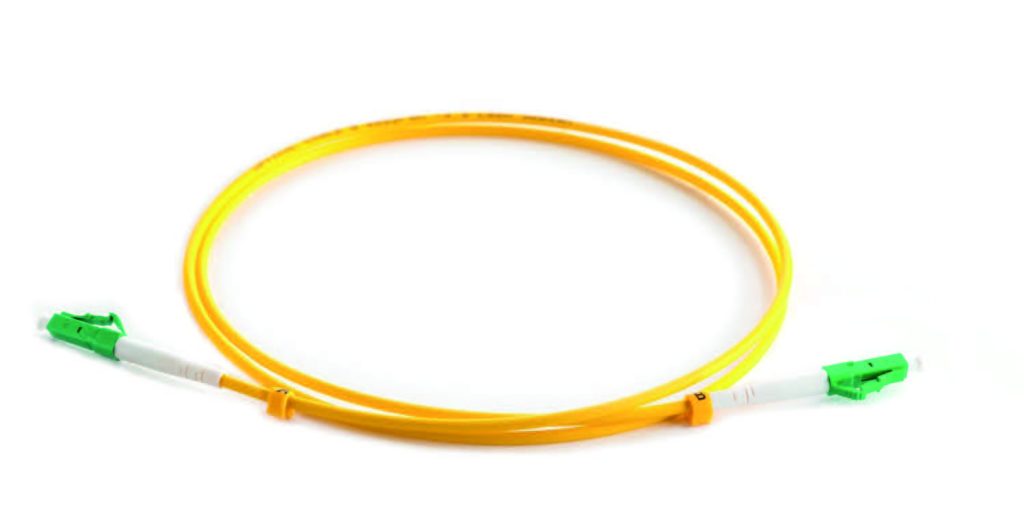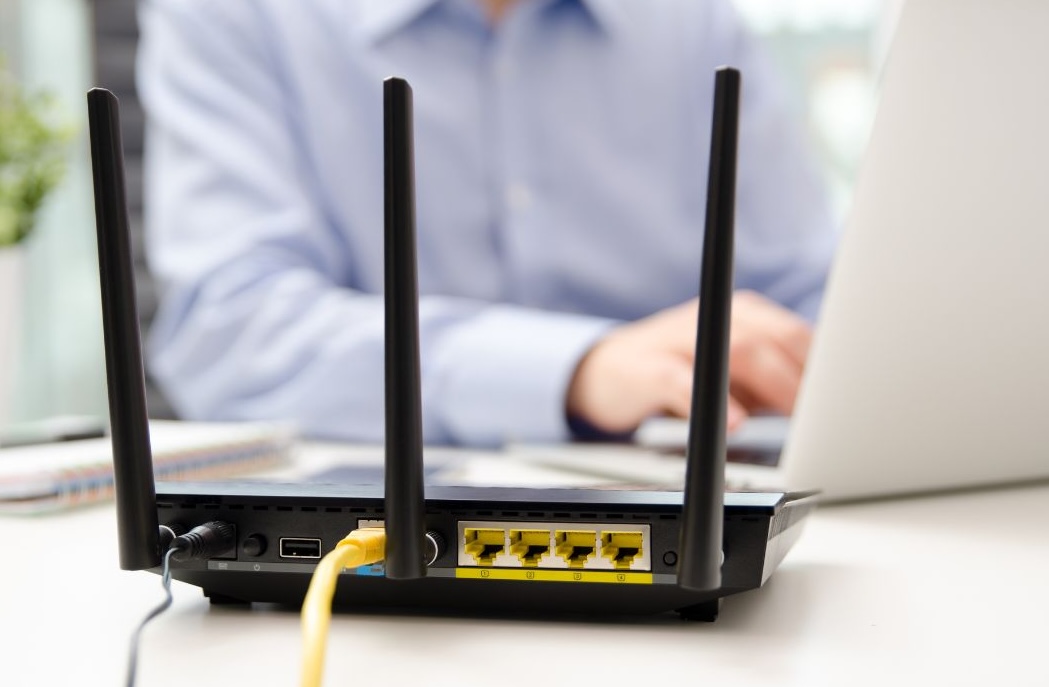Fibre optic cables have become the most reliable and fastest cable solution, particularly for broadband. Fibre broadband offers improved performance compared to more traditional copper counterparts, making it essential that businesses incorporate fibre optic cables if they haven’t already done so.
Various fibre optic solutions are available; continue reading to discover the benefits of each to determine which is best for your business.
Single-Mode Fibre Cables

1. Long-Distance Transmission
Single-mode fibres (SMFs), such as OS2 Fibre Optic Cables, effectively transmit light signals over vast distances. Furthermore, SMFs experience minimal signal loss, making them ideal if you need a broadband network connecting devices in distant locations.
2. High Bandwidth Capacity
With their smaller core size and single wavelength of light, single-mode fibres offer significantly higher bandwidth capacity than other alternatives. SMFs can handle more extensive data at fast speeds, meeting the demands of modern broadband applications where rapid data transmission is essential.
3. Low Signal Dispersion
Single-mode fibres have lower signal dispersion than multimode fibres (MMFs). This results in consistently high data transfer rates and reduced delays, enhancing overall network performance and reliability.
Multimode Fibre Cables

1. Cost-Effectiveness
Multimode Fibre cables are more cost-effective compared to SMF cables, making them an attractive choice if you are on a budget.
2. Short-Distance Connectivity
OM3 Fibre Optic Cables are a cost-efficient option for short-distance network setups, i.e. office buildings, campuses, and data centres. They effectively transmit data over distances up to a few hundred metres without significant signal loss.
3. Compatibility with VCSELs
MMF cables are well-suited for Vertical-Cavity Surface-Emitting Lasers (VCSELs), widely used in modern fibre optic transceivers, particularly in data centres and local area network (LAN) applications.
4. Ease of Installation
Multi Fibre Assemblies (MFAs) are an MMF solution, providing the convenience of bundling multiple fibres in a single cable. Additionally, MFAs simplify installation and reduce cable clutter.
Fibre Patch Cords

1. High-Speed Data Transmission
Fibre patch cords are designed to handle high-speed data transmission, making them ideal for broadband applications. Fibre patch cords can support data rates ranging from 10 Gbps (billions of bits per second) to 100 Gbps, ensuring users’ smooth and fast internet connectivity.
2. Low Signal Loss
Fibre patch cords have a very low signal loss, a crucial characteristic of reliable broadband connections, especially if your business relies on dependable data.
3. Easy Connectivity and Flexibility
Fibre patch cords are plug-and-play components, enabling quick and easy connectivity between devices. Their flexibility makes them suitable for various applications, allowing you to create adaptable and scalable network arrangements.
Tight Buffered Fiber Cable

1. Enhanced Protection
Tight buffered fibre cables offer excellent protection to individual fibres by encasing them in a robust buffer material. This added protection makes the fibres more resistant to external factors like physical damage, moisture, and environmental hazards.
2. Versatility
Tight buffered fibre cables are highly versatile so you can use them in various indoor and outdoor applications. They are suitable for single-mode and multimode fibres, making them a practical choice for a wide range of fibre optic broadband installations.
3. Easy Installation
The tight buffer design simplifies the installation process. It allows for easier termination and connectivity, essential if you want your project up and running as soon as possible.
4. Space Efficiency
With a compact and slim design, tight buffered fibre cables take up less space compared to loose tube cables, making them ideal if your business is in a confined location.
5. High-Speed Data Transmission
Tight buffered fibre cables are designed to support high-speed data transmission rates (up to 40 Gbps). The speed of tight buffered fibre cables means they can handle the increasing demands of modern fibre optic broadband networks.
Universal Distribution Fibre

1. Versatility
Universal Distribution Fibre (UDF) offers versatility since it can accommodate multiple connection types, including single-mode and multimode fibres.
2. High-Speed Performance
UDF enables high-speed broadband connectivity, supporting up to 100 Gbps data transmission rates. Its superior performance ensures seamless and efficient data delivery.
3. Scalability
Universal Distribution Fiber allows easy scalability, enabling you to expand your business’s networks without significant disruption or costly upgrades.
4. Cost-Effectiveness
Despite its advanced capabilities, UDF provides a cost-effective solution for fibre optic broadband installations. Its ability to handle multiple connections in a single cable reduces deployment complexity and will save you money on equipment and installation.
Now you understand the different fibre solutions available, enabling you to choose a suitable cable based on your specific requirements and network needs.
All of the above-mentioned fibre optic solutions also have the following benefits:
- Enhanced Data Security
Optical fibre cables offer a higher level of data security compared to traditional copper cables. Because fibre optics use light signals to transmit data, it is difficult for outside systems to intercept or tap into the signal, providing an added layer of protection against data breaches.
- Immunity to Interference
Fibre cables are immune to electromagnetic interference (EMI), and unwanted electrical noise. Their immunity to EMI ensures a stable and interference-free broadband connection, regardless of the electrical noise levels of the environment.
- Future-Proofing
With rapid advancements in technology, future-proofing your network infrastructure is crucial. The versatility and high-speed capabilities of optical fibre cables for broadband ensure that your network can meet the demands of tomorrow’s technologies, safeguarding your investment and eliminating the need for frequent upgrades.
With their numerous advantages, it is evident that fibre optic cables have revolutionised networks within businesses.
So, do you need a fibre optic cable broadband provider?
Altimex can help your business keep up with data demands and broadband speeds – contact us today; we will find the best fibre solution for your business, transforming performance levels to increase output and return on investment (ROI).


